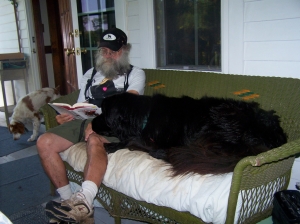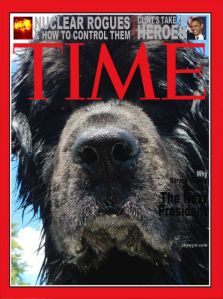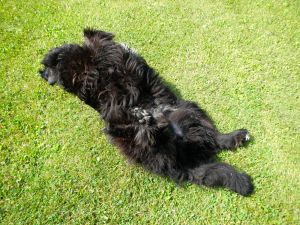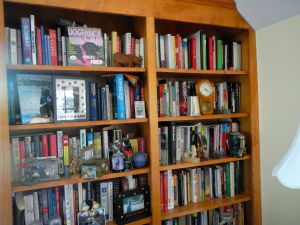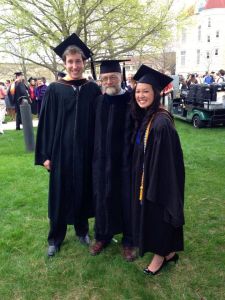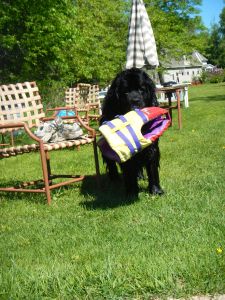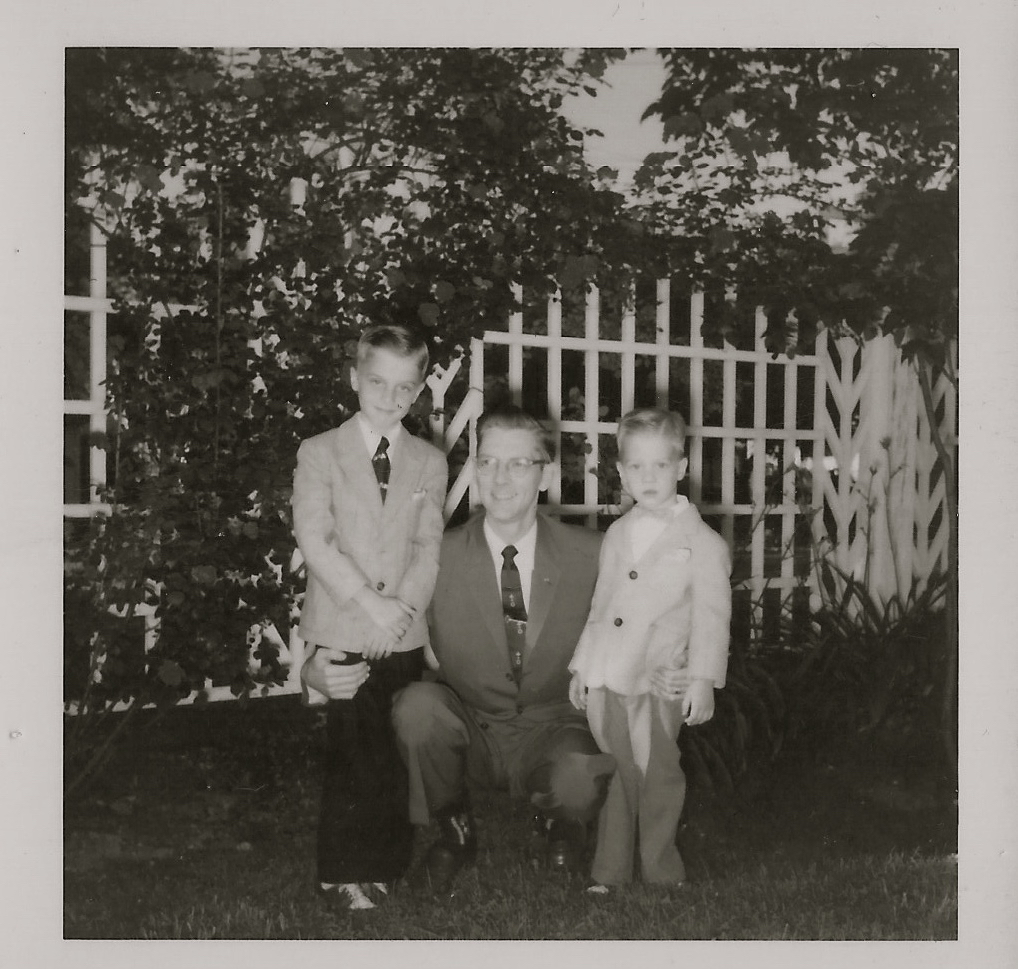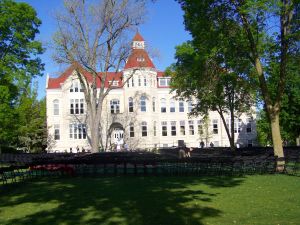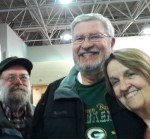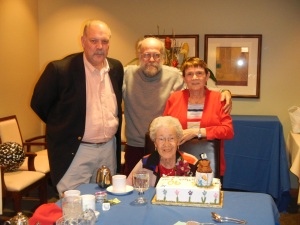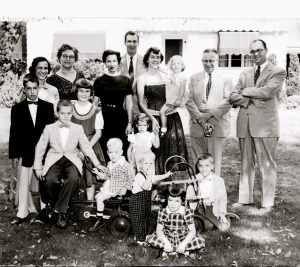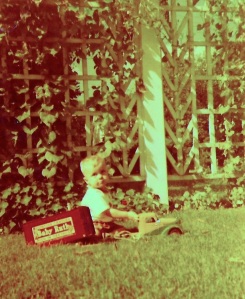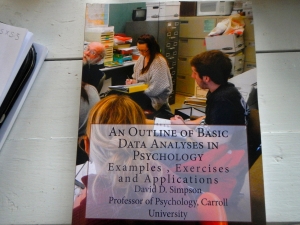
I’m sitting on the porch attempting to complete the bulk of my Fall semester Carroll University course preparation before intentionally disconnecting from the Internet and enjoying five days of pure vacation in northern Michigan a week from tomorrow. This year I shall be teaching two sections of Psychology 205 (Statistics and Experimental Design) and one section of Psychology 303 (Experimental Social Psychology).
Tonight I am focusing on the Statistics and Experimental Design course—-a course that is particularly meaningful to me. For the past 20 years I have used a traditional textbook enhanced by my handouts. Students also have weekly labs to gain hands-on experience using SPSS (The Statistical Package for the Social Sciences). I’ve been very pleased by evidence that students learn, and I have received consistent positive evaluations across the years about the course both at the course’s completion and from graduates. But, there is always room for improvement—especially improvement attempts informed by thoughtful reflection from former students. So help me out. Are the two ideas below worth pursuing?
Across the years I have repeated heard from students how much they valued handouts I have distributed. These have essentially been a succinct outline of my notes (though I must confess that I haven’t used notes in 15 years!). The handouts are replete with a congery of Carroll-specific data and data collection exercises.
I have been troubled by the high cost to students of textbooks and bothered by what I see as unnecessary inclusions in textbooks (e.g. color, study guides, constant revisions, and electronic ancillaries of dubious didactic value) which drive up costs. Therefore, I’ve been recently exploring a number of self-publishing mechanisms (especially Lulu.com and ibooks author). One of the best resources about self-publishing I have come across is Rick Smith’s (self-published!) CreateSpace and Kindle Self-Publishing Masterclass (2014 edition). I found it very useful and useable.
I’ve recently carefully examined Amazon’s CreateSpace.com. I have been very impressed by its ease of use, pricing structure, and quality of physical book production. I am holding in my hand tonight a hard-copy proof of a very physically attractive book —my book—with a glossy cover which I created using Create Space’s Cover Creator software. If I proceed, the book can be printed on demand and/or, if I choose, it can be converted relatively effortlessly to Kindle format (This i have not yet tried). I can pretty much decide the cost to readers (I’ve toyed with the idea of it being free).
- Idea 1: I am tempted to give students the opportunity to buy a copy and to help me improve the book by their adding their own data collection examples. Alternatively, I hold off distribution until 2nd semester when I before which time I add information to the book (perhaps with some student/former student collaborators).
- Idea 2: I am also considering building into the course this semester formal instruction in using Survey Monkey software now that I have a Carroll account in addition to my Schneider Consulting account. I envision in my last few years’ teaching creating a Carroll Student Statistical Consulting service and this would be one of the tools the use.

